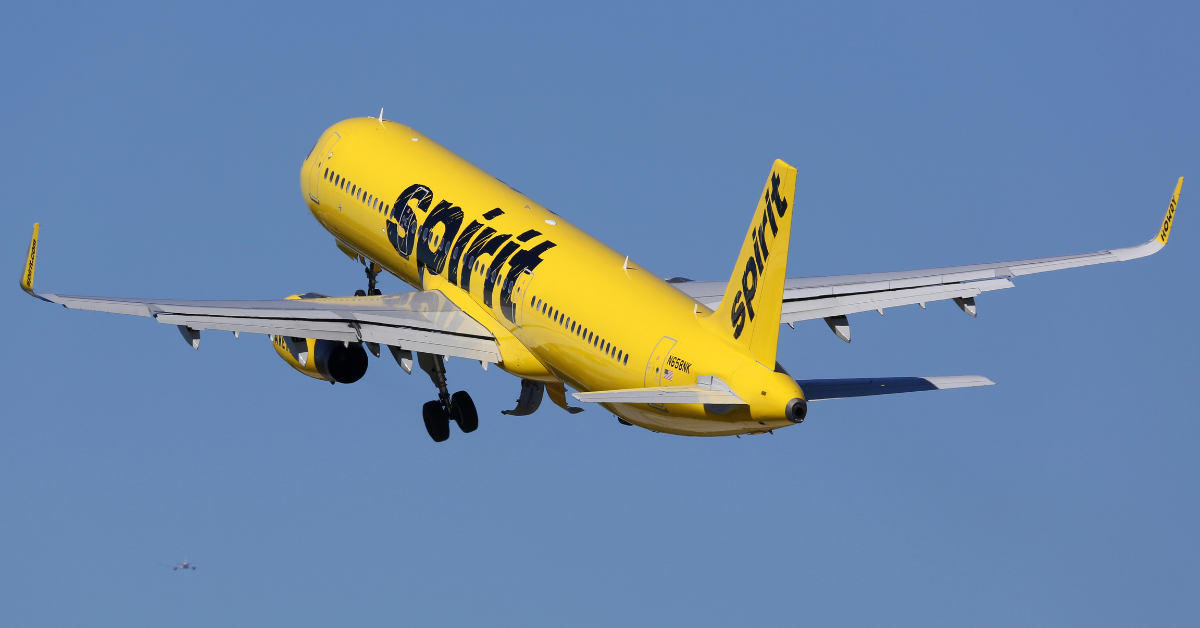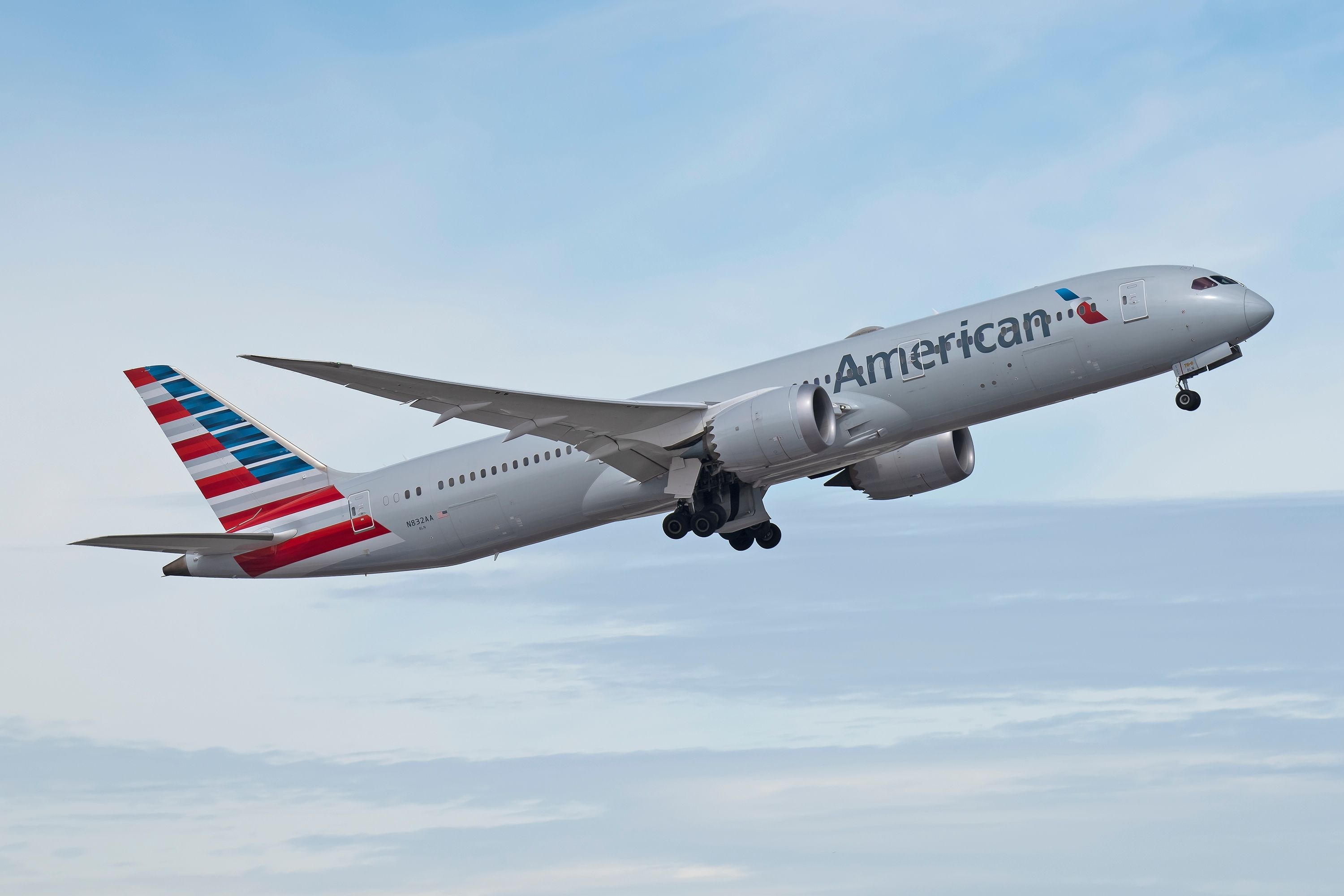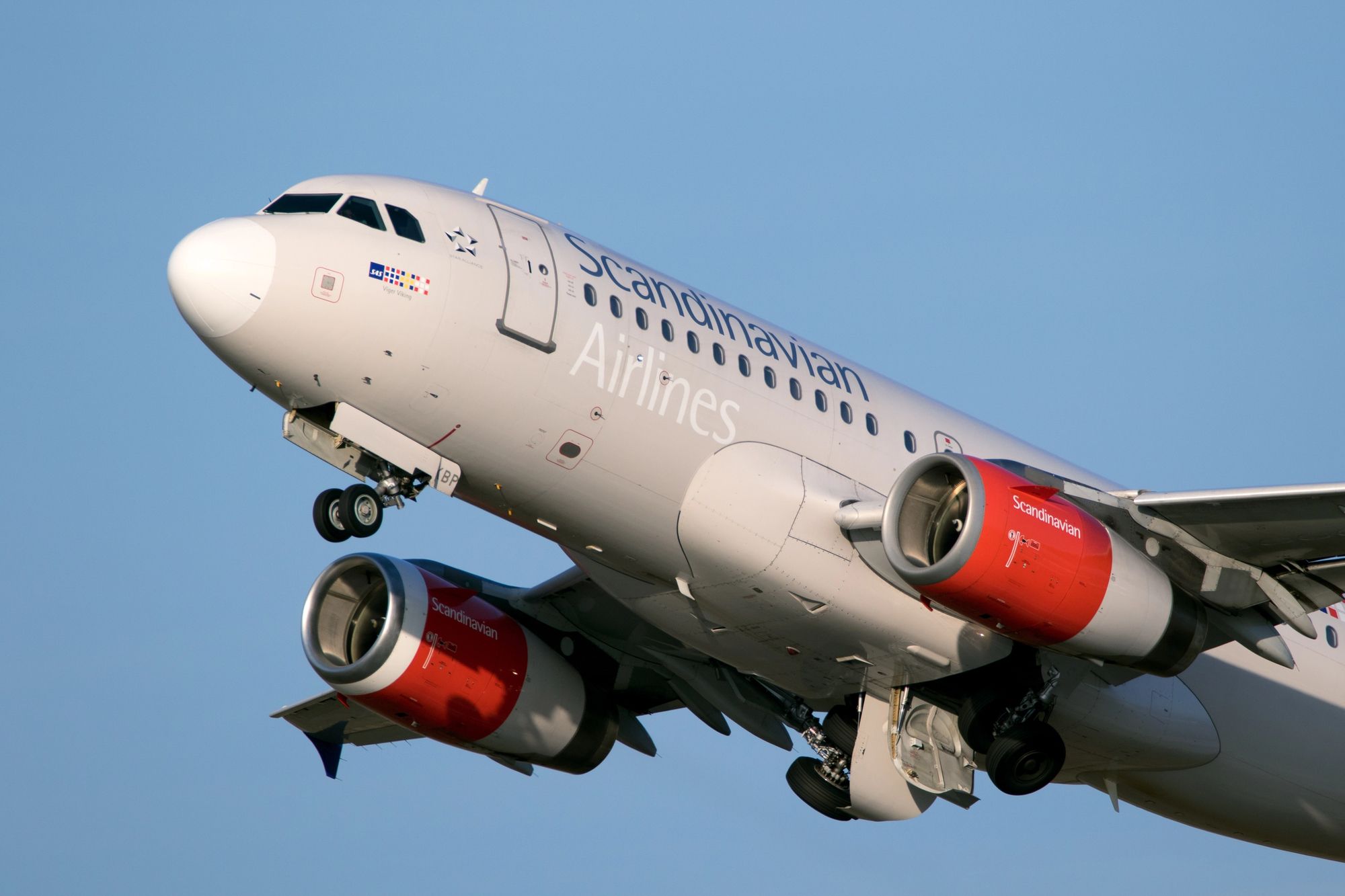A Scandinavian Airlines flight that had departed from Stockholm late Thursday afternoon on November 14th, was en route to Miami, Florida when it experienced severe turbulence while flying over Greenland.
Video footage filmed by passengers during the terrifying incident went viral on social media, revealing passengers and crew being tossed about, some literally lifting out of their seats from the extreme turbulence, as screams can be heard coming from many of the 254 passengers and crew on board. The aftermath: debris littering the aisle floors and seats as those onboard attempted to regain their composure and calm their nerves.
No serious injuries or deaths were reported. However, passengers and crew members were left shaken by the entire experience, many thinking they were going to die as the plane began to nose-dive due to the air pockets and turbulence.

Related
Spirit Airlines Flight From Fort Lauderdale Makes Emergency Landing: Visible Bullet Holes On The Plane
Bullet holes were found on both the exit door and overhead bins of the Spirit Airline plane.
European Flight Headed for Florida Reroutes to Copenhagen for Major Inspection After Severe Turbulence
Flight SK957 departed from Stockholm at 12:55 p.m. on Thursday, bound for
Miami
, Florida. As they flew over Greenland, the flight encountered dense air pockets that caused severe turbulence, lifting passengers and crew from their seats, and terrifying them to the core.
“Everyone on the plane was praying and asking to just land instead of flying over the open sea,” said, passenger Sammy Solstad on Friday in an interview with CNN, recalling one passenger did not have her seatbelt on when they hit the turbulence. “She flew up to the ceiling as you can see a little of in the video and then fell” to the floor, Solstad said.
After the entire frightening experience, the pilots decided to reroute the plane back to Copenhagen to have it inspected for any potential damage, rather than risk flying it over open ocean waters. Another factor in the decision not to continue to Miami was the lack of facilities and technicians at the arrival airport that are required for a thorough inspection.
“Following such turbulence, standard safety procedures require a thorough inspection of the aircraft,” as told by a representative of Scandinavian Airlines in a press statement. “Since SAS does not have the necessary facilities and staff for this level of inspection in MIA, we decided to reroute the aircraft to Copenhagen (CPH), where both hangar space and qualified technicians were available,” the airline said. Flying the plane to Miami would result in it being grounded “for an extended period, leading to multiple cancelations,” the statement added.
Once the flight arrived safely back in Copenhagen, special units and emergency rescue personnel were waiting to assist both passengers and crew. The
airline
company provided hotel accommodations for passengers during their overnight stay, while the airplane went under rigorous inspection. The following day, passengers were rebooked on outbound flights so they could arrive at their final destination in Florida.

Related
American Airlines Successfully Lands Longest Direct Flight Spanning Two Countries
The massive Boeing 787-9 landed 30 minutes ahead of schedule, and after approximately 16 hours in the air under watchful and hopeful eyes.
Climate Change Is Expected to Increase the Frequency of Air Turbulence Going Forward
No reports of severe weather were reported in the area at the time of the incident. However, experts are indicating that climate change may have played a strong factor in the severe turbulence.
“During this time of year, typically, there can be some stronger turbulence,” said Laura Einsetler, an airline captain who flies through that area. “We always try to avoid these types of areas.”
While the Former National Transportation Safety Board Chair, Robert Sumwalt, is frustrated and questions why the pilots chose to U-turn back to Copenhagen rather than land at a closer airport, passengers feel that the pilots did the right thing by returning to European territory, rather than take further risks over open waters.
“If the structural integrity of the airplane was in question, they should have landed at the nearest suitable airport,” Sumwalt said. “The question will be, did they return to Copenhagen out of convenience, or did they do it because they thought that was the safest path?”
A 2023 study published in the Journal of Geophysical Research Letters found a 55% increase in turbulence over the North Atlantic since 1979. Many experts are now predicting that severe turbulence will increase in frequency due to climate change and global warming, its impact affecting thousands of flights.

